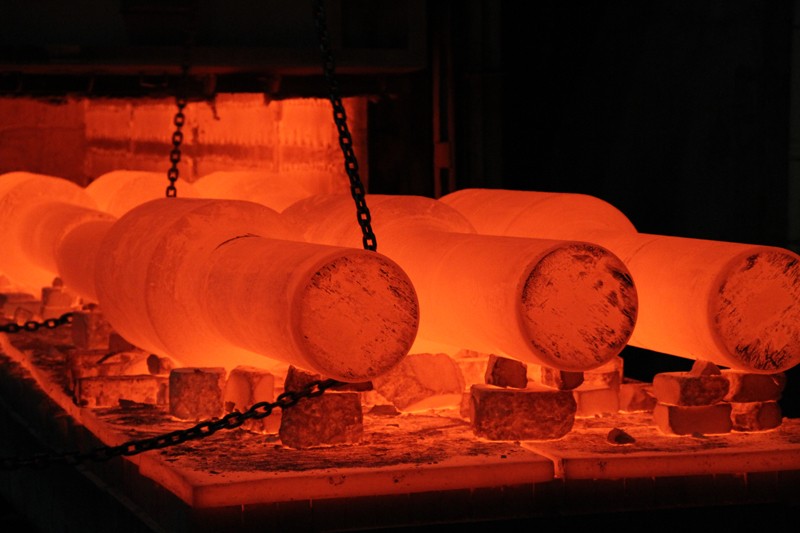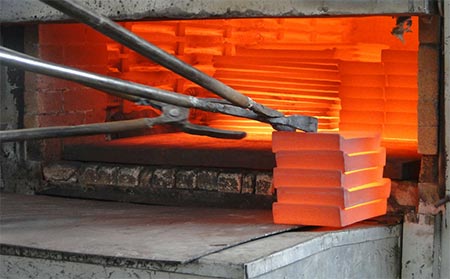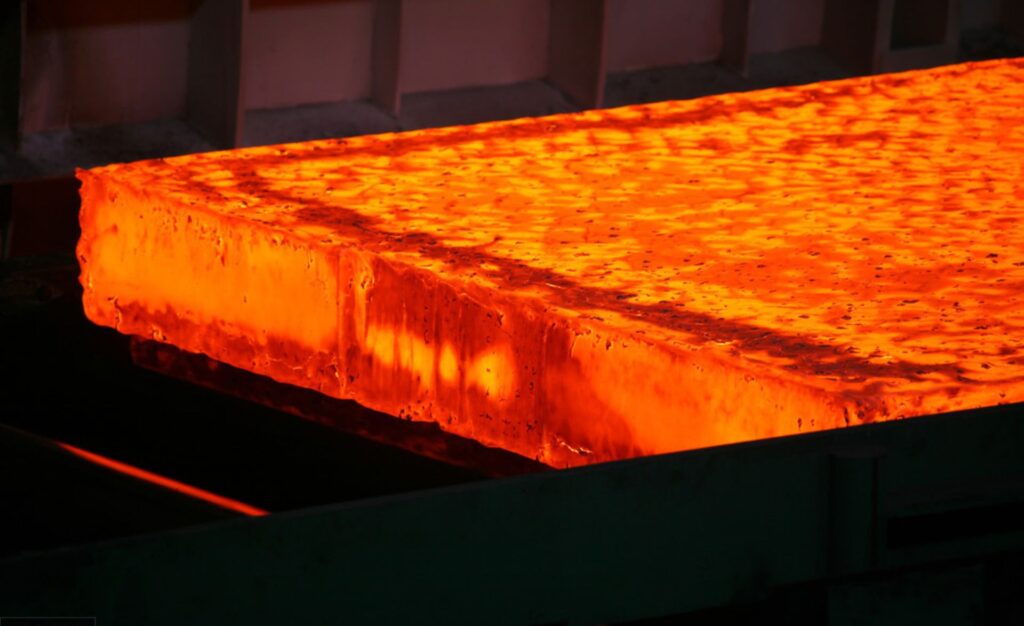Heat Treatment
—–Comply With International Standards—–
Professional Heat Treatment Service

Heat Treatment Methods For Stainless Steel
When it comes to stainless steel heat treatment, methods will vary according to the metal’s end use and the properties necessary for the application. Sometimes this involves the metal undergoing several types of heat treatment, with methods for certain superalloys going through as many as six steps to optimize their properties.Heat-treating stainless steel is done for a variety of reasons. Some heat treatment methods increase hardness or softness, dielectric properties, or heat conductivity. Others relieve stresses caused by cold working processes applied earlier in processing. Still, others affect the chemistry of the steel. For those looking for the best heat treatment for their specific application, it’s important to understand the advantages and disadvantages of each when it comes to heat-treating stainless steel.
Stainless Steel Heat Treatment Methods
Depending on the metal’s purpose, heat treatment methods can make stainless steel more durable, more ductile, harder, stronger, or otherwise alter its properties. Heat-treating steel is often done in different stages during stainless steel fabrication to ensure it performs appropriately for the application. Treating stainless steel with heat is important in producing products that include spacecraft, cutting implements like axes and saws, computers, and aircraft, along with piping and other equipment used by the petrochemical industry.


Here are some of the more commonly used heat treatment methods for stainless steel
- Aging
- Hardening
- Tempering
- Annealing
- Case Hardening
- Carburization
- Carbonitriding
- Stress Relieving
- Normalization
